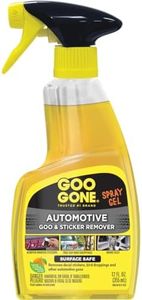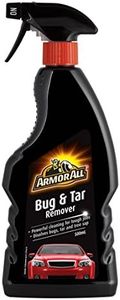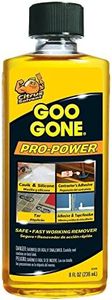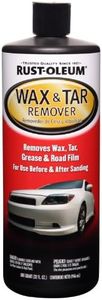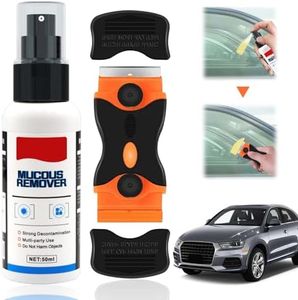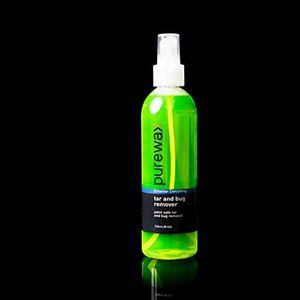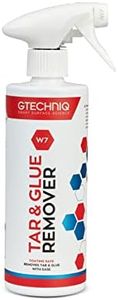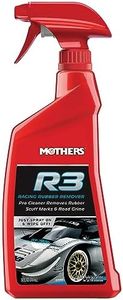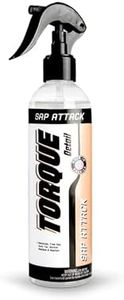We Use CookiesWe use cookies to enhance the security, performance,
functionality and for analytical and promotional activities. By continuing to browse this site you
are agreeing to our privacy policy
10 Best Tar Removers
From leading brands and best sellers available on the web.Buying Guide for the Best Tar Removers
Choosing a tar remover is about finding a product that safely and effectively removes tar, asphalt, and sticky residues from your car’s paintwork, wheels, or other surfaces. The right product will make cleaning easier without damaging the finish of your vehicle. Effectiveness, ease of use, safety, and material compatibility are some of the key considerations when making a choice. Always check the label for instructions and warnings, and consider your specific needs—how much tar you frequently encounter and on which surfaces.Type of FormulaTar removers are typically available in solvent-based or water-based formulas. Solvent-based products are generally more powerful and good for tough tar deposits, but they can be harsher on delicate surfaces. Water-based formulas tend to be milder and are often safer for frequent use or on sensitive finishes. Think about where and how tough the tar is; for heavy, baked-on deposits, a solvent-based formula may be needed, while light or fresh tar can often be managed with a water-based option.
Application MethodSpray, gel, and liquid forms are the common types of tar removers. Sprays are convenient for quick, wide-area applications. Gels or thicker liquids stick better to vertical surfaces and work well when you want the remover to stay on the spot for a while. Liquids can be applied with a cloth for targeted treatment. If you want quick, broad coverage for occasional touch-up, a spray might be suitable. For precise, stubborn spots, a gel or wipe-on liquid is useful.
Surface CompatibilityNot all tar removers are safe for all surfaces. Some are formulated for automotive paint, while others may also be safe for glass, chrome, or plastic. Check the product description to ensure it won’t harm clear coats, trims, or plastics. If you plan to use it on various parts of your car, opt for a remover with broad compatibility. Always test on a small, hidden area first, especially if you are unsure.
Residue and Finish SafetyA good tar remover should clean without leaving behind a greasy, oily, or stained residue. Some products require rinsing or wiping with water after use, while others are wipe-off and leave the area clean. If you care about ease of use and a spotless finish, look for formulas labeled 'residue-free' or 'no rinse required.' This matters most if you want to simply clean and go, or if you are preparing the surface for waxing or additional detailing.
Odor and Fume LevelTar removers, especially solvent-based ones, can have strong odors or fumes. If you’re sensitive to smells or often use the product in enclosed spaces, look for low-odor or 'eco-friendly' formulas. Less pungent products are generally more comfortable to work with and can make the cleaning process more pleasant. Think about where you will be using the product and your personal sensitivity to strong chemicals.
